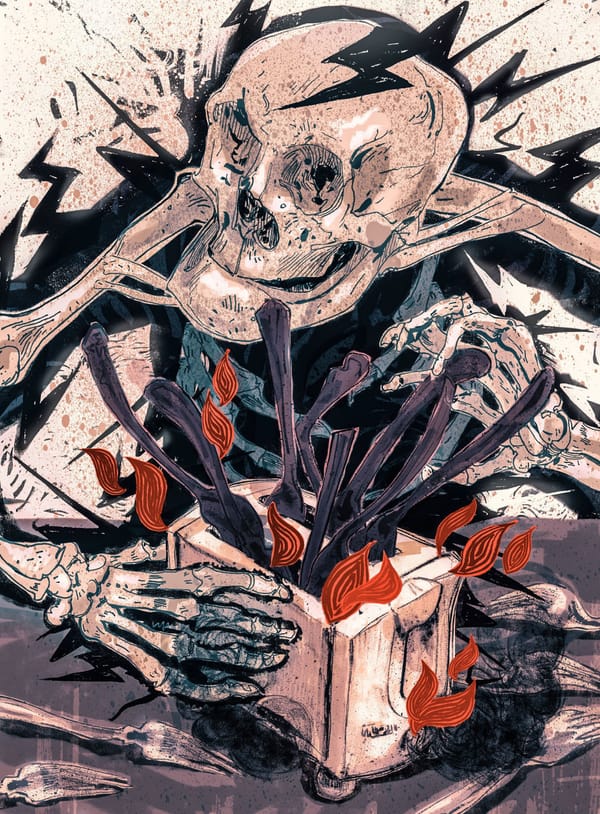largest organisms | 2017-03-15
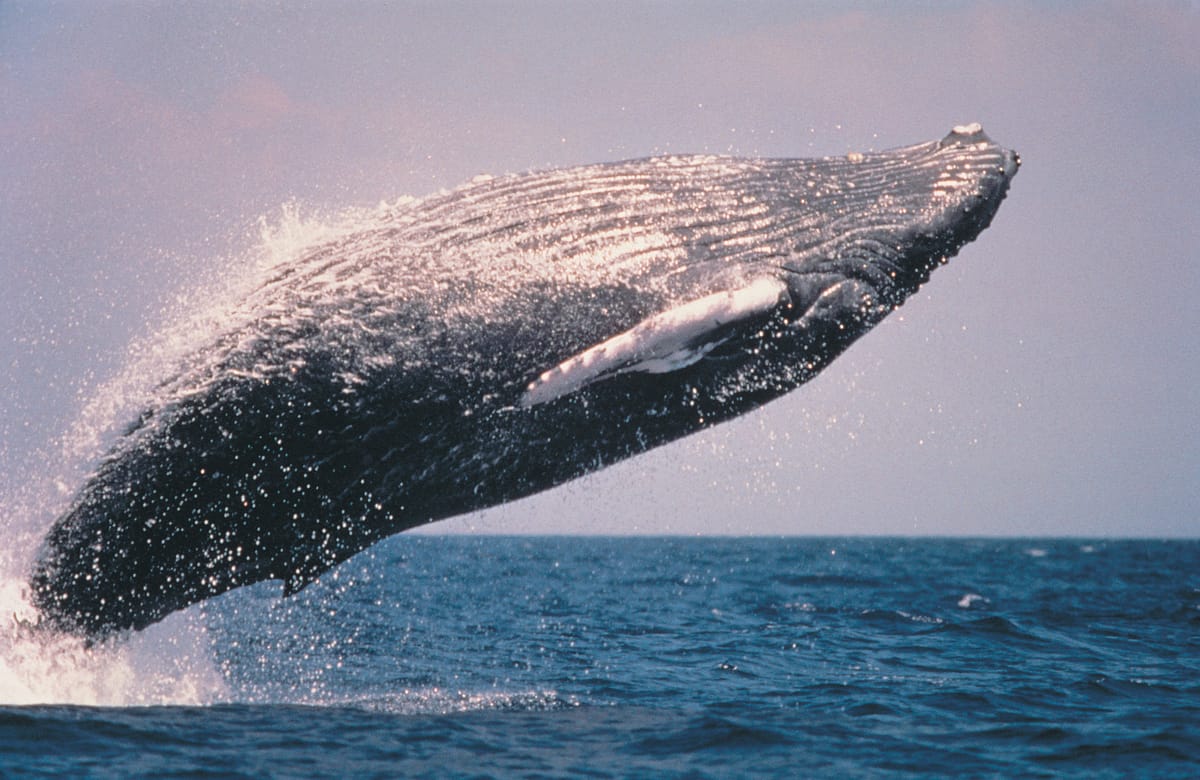
I’ve been tossing around the idea of this post for a while and couldn’t decide whether I should do a series of posts on big creatures or one large post to cover them all. It then occurred to me that a large post would be apropos… so here goes…
This glorious creation in which we all abide is full of a wonderful variety of creatures for us to enjoy and admire. Fuzzy, slimy, slow, speedy, violent, lazy, loyal, sneaky, big, small — I could write adjectives all day to describe even a very small set of animals. But today, I will focus on just one of these: BIG.
Many parts of creation are large — many are larger than humans… many are larger than many humans all put together. But what I want to talk about here are the few massive organisms which stand out from the pack — the truly monstrous ones.
As it turns out, this is a trickier endeavour than at first I had assumed. The devil’s in the details, as per usual…
What is it that makes us qualify an organism as ‘big’? Its size in relation to other organisms (i.e. “That there rhino is quite a lot bigger than I am…”)? If so, which other organisms — do we compare rhinos to dogs? If not dogs, do we just compare them to organisms like them, like hippos? What about others that are similar? What about ones that can’t possibly be compared — can we draw a fair conclusion between a Blue Whale, an Elephant, and an Andean condor? Can we make a great joke if they all walk into a bar?
In an attempt to circumvent this issue, I’m going to split this post out into the largest organisms in the sky, in the sea, on the land.
(highlighted stats denote the largest | all stats are metric, including tonnes)
(for reference, I am just under 2 m tall and weigh 90 kg)
(also, as a side note, check out how many of these massive creatures only eat tiny things…)
SKY
Among the denizens of the air, I will opt to include the full set of flightless birds, though I’ll admit that penguins still don’t stand a chance at making the list.
Wandering Albatross
1.3 m; 12 kg; 3.4 m wingspan | largest wingspan of all birds; can fly for hours without flapping its wings
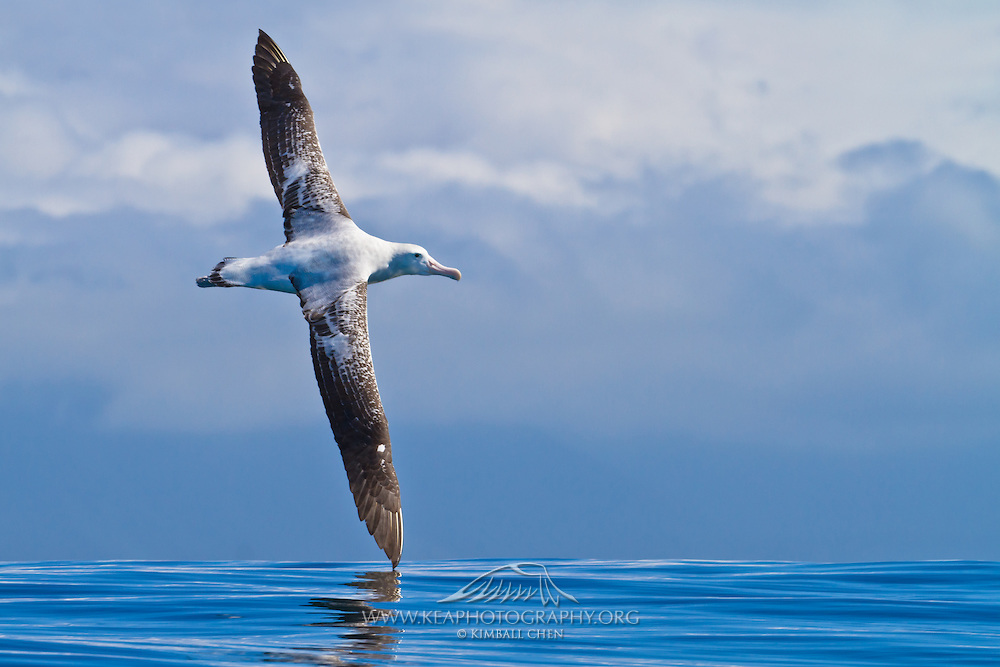
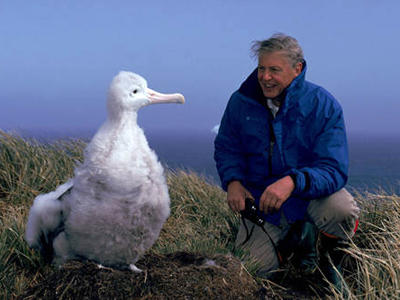
Kori Bustard
1.2 m; 20 kg; 2.7 m wingspan | largest flying bird; spend most time on land, searching for bugs, their main source of food
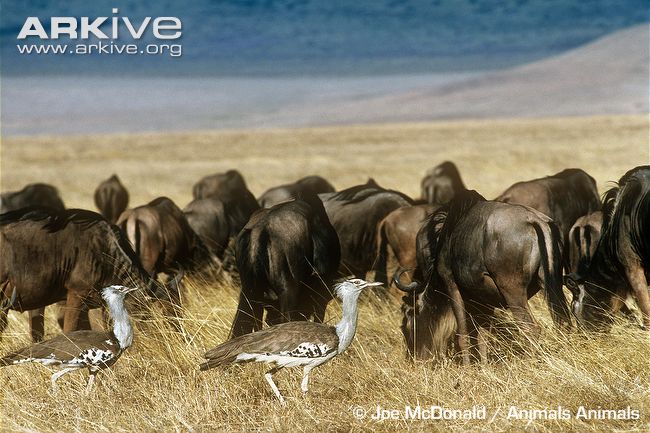
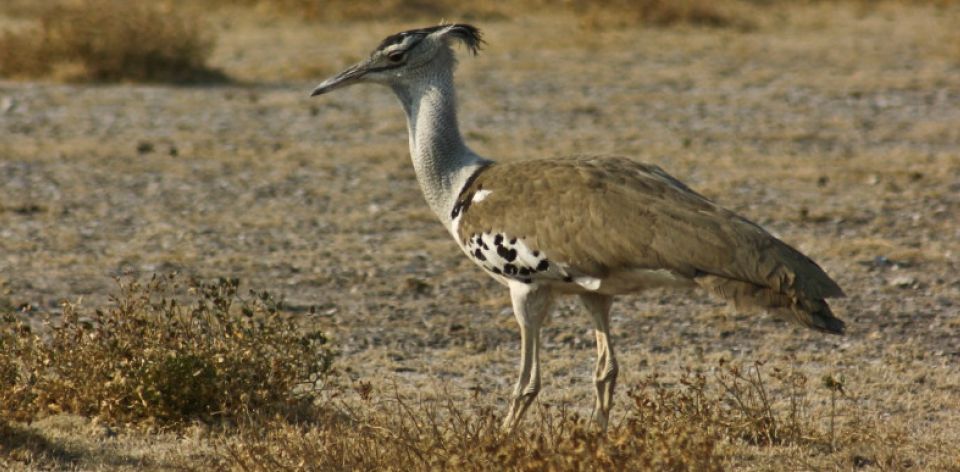
Emperor Penguin
(HA! they made the list!) | 1.1 m; 45 kg; 0.75 m wingspan | largest species of penguin; males keep eggs warm through 4 sunless months in Antarctica (watch Planet Earth S01E01 From Pole to Pole for more on that)
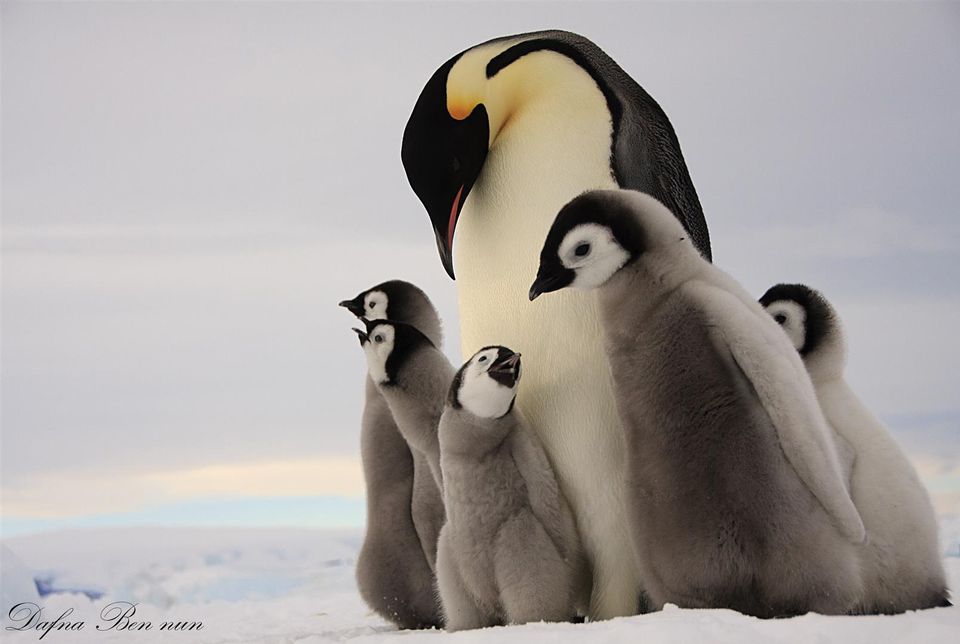
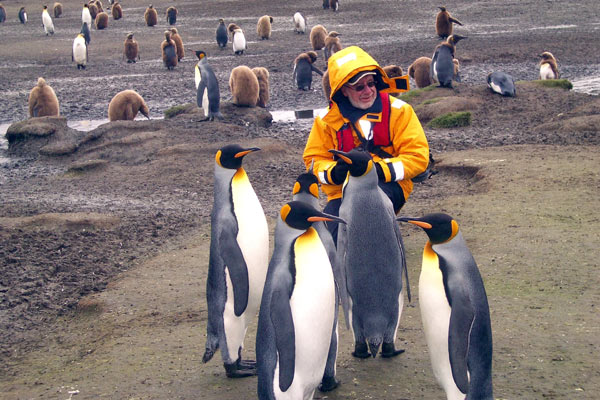
Emu
2 m; 60 kg; 2.8 m wingspan | largest flightless bird in Australia; runs up to 50 km/h
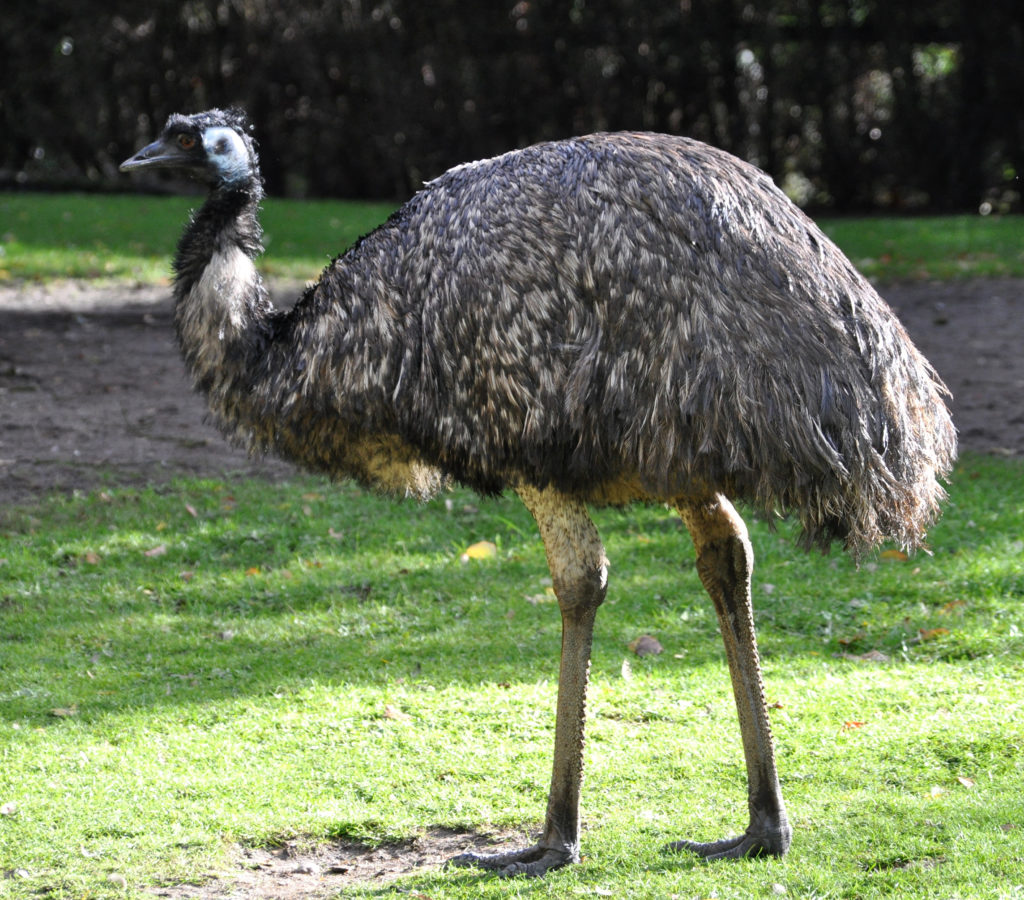
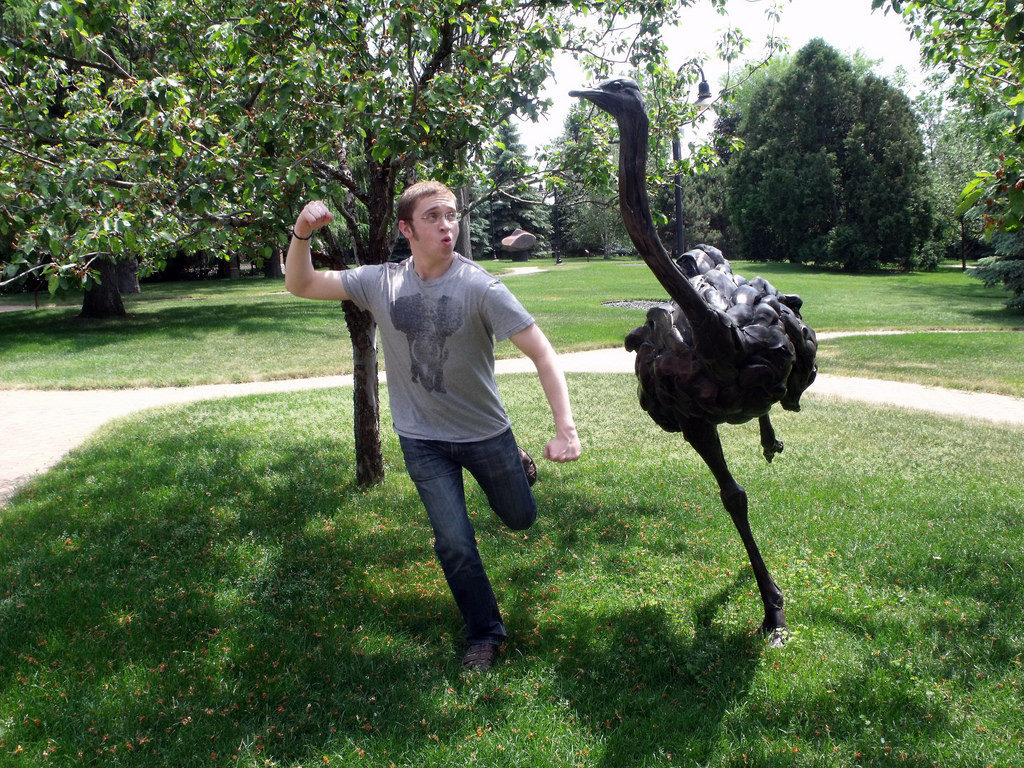
Ostrich
1.8 m; 150 kg; 2m wingspan | runs up to 70 km/h; largest eggs of any bird @ 1.4 kg and 13 cm diameter
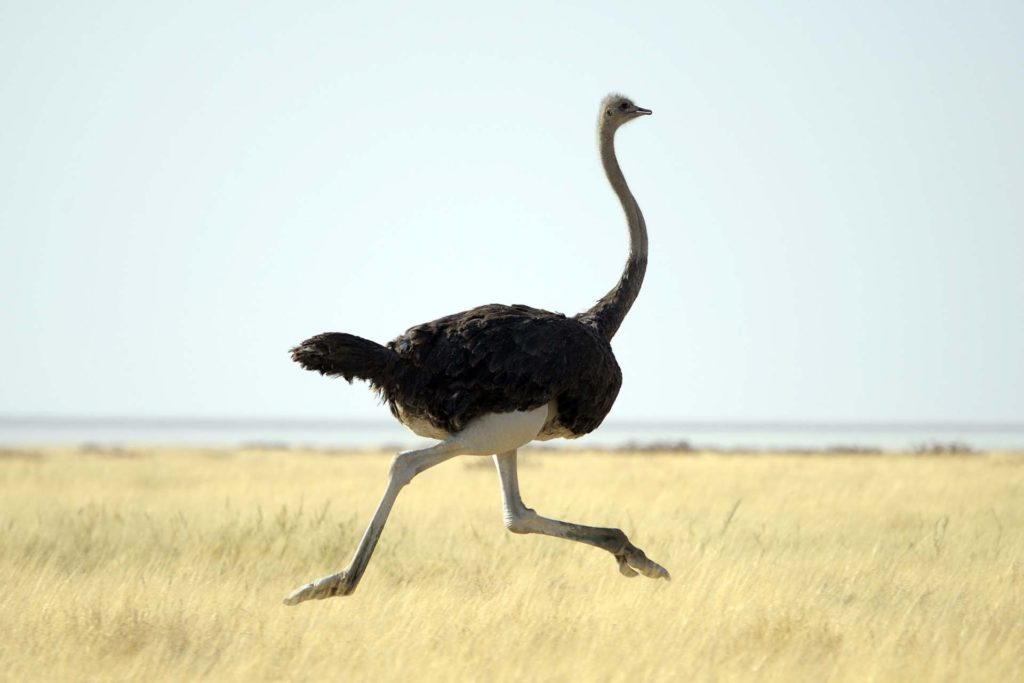
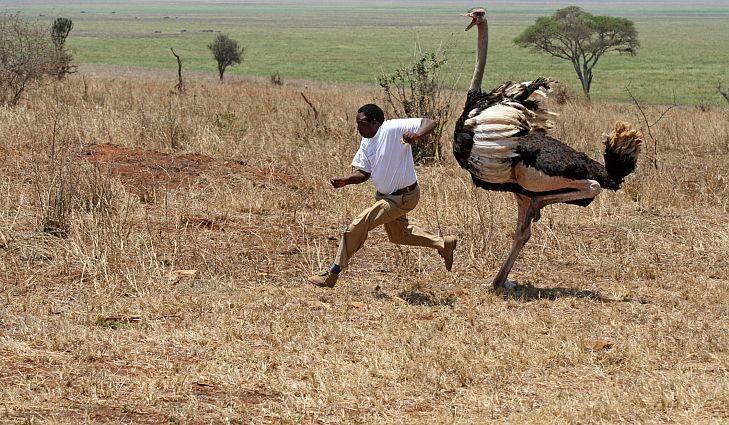
SEA
While all these animals are very large, some are on the list simply because they stand out among their peers (Giant Isopod, for example)
Lion’s Mane Jellyfish
2 m diameter; tentacles @ 15 m | really don’t touch those tentacles…
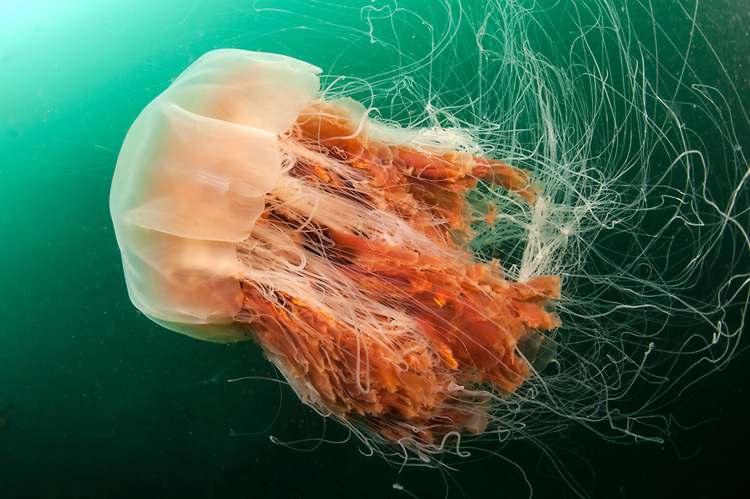
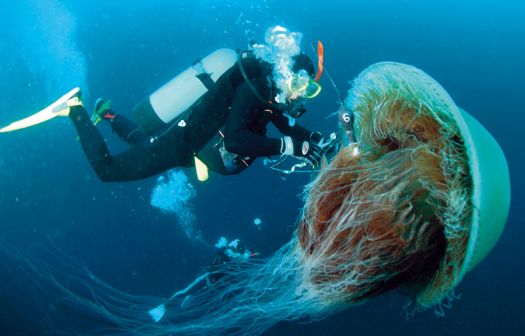
Whale Shark
12 m | largest fish in the sea; swim with mouths open to catch plankton & small fish
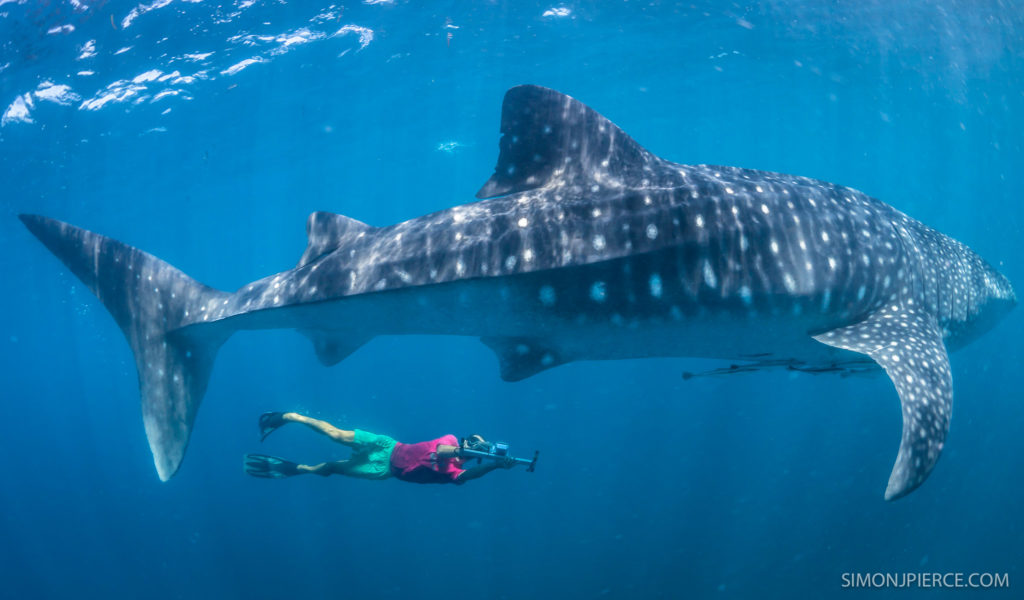
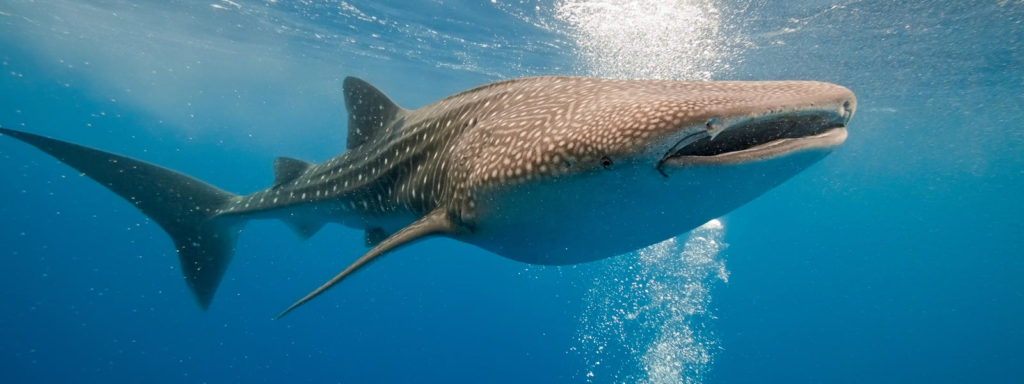
Japanese Spider Crab
width 3 m | super-duper creepy
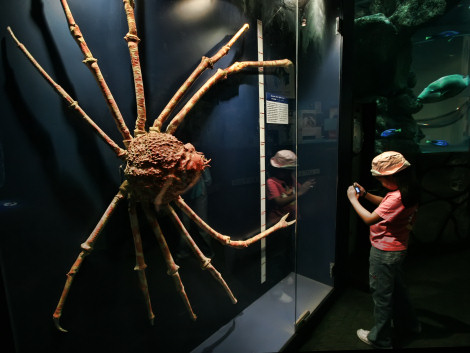
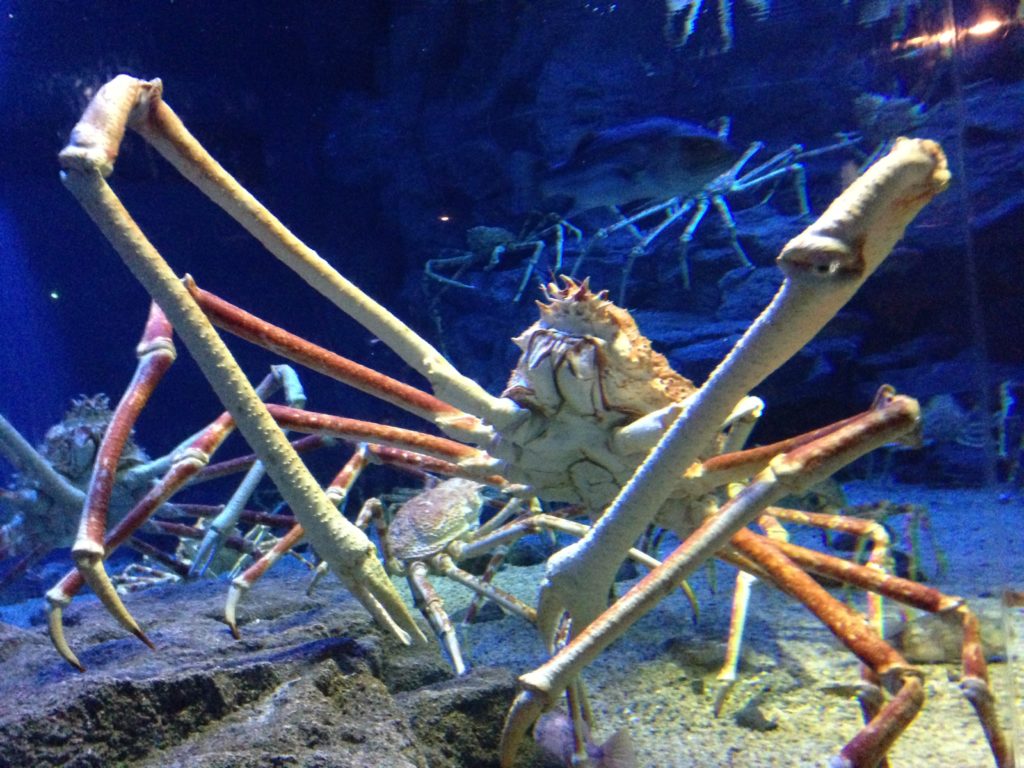
Ocean Sunfish
3.3 m (4.2 m across the fins); 2300 kg | largest bony fish; bony fish have actual bones in them, not just cartilage
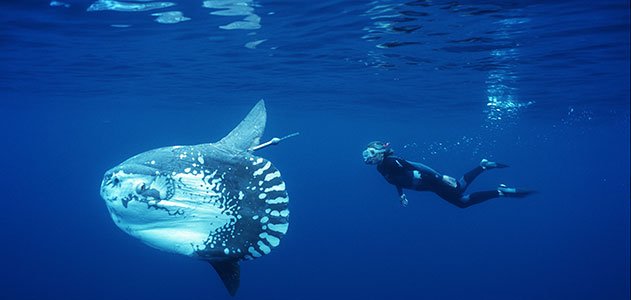
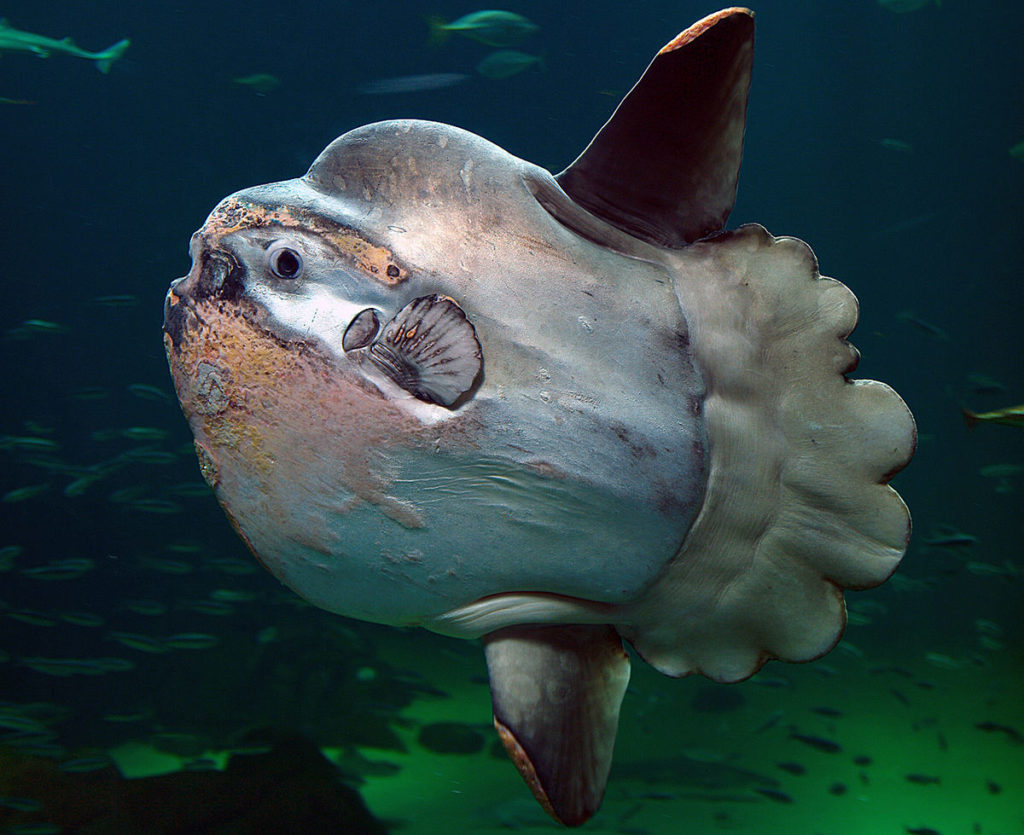
Portuguese Man o’ War
tentacle length 50 m | again, don’t touch those tentacles; technically, these are a colony of organisms working together (more on that later)
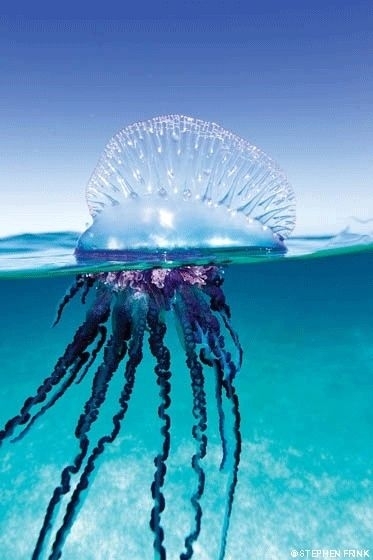
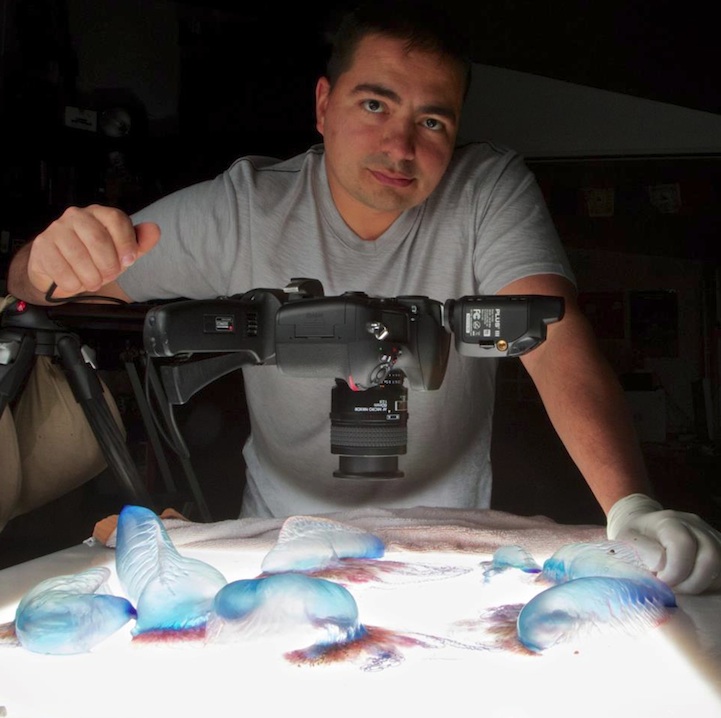
Giant Isopod
76 cm; 1.7 kg | related to those little pill bugs (potato bugs) we liked to watch roll up into balls when we were kids (and since we have kids)
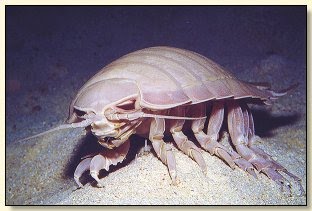
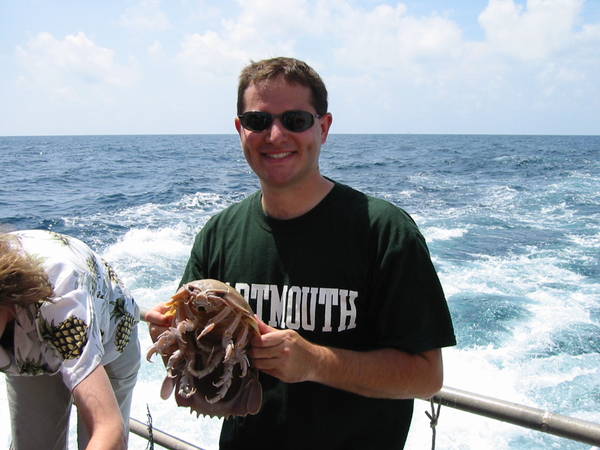
Great White Shark
4.6 m; 1100 kg | eat whales; star in epic blockbuster movies
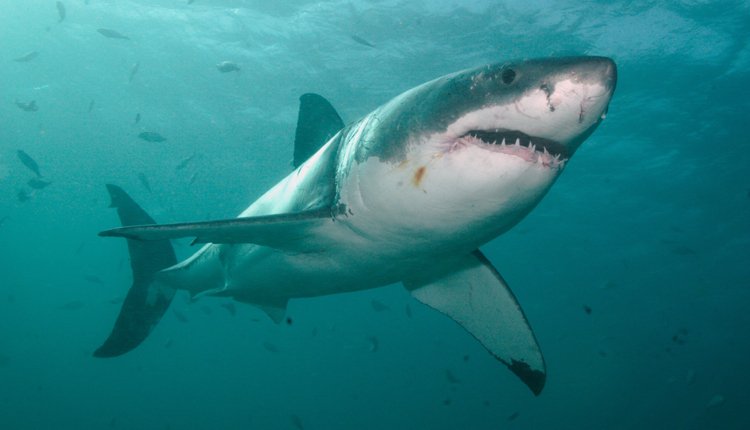
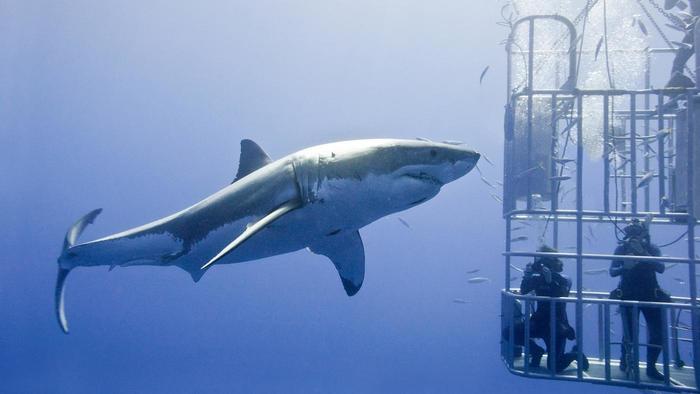
Southern Elephant Seal
6 m; 5000 kg | largest carnivoran (not to be confused with carnivores, necessarily, since carnivores can be any type of organism); i would explain more about this but the definition of Carnivora requires some understanding of the concept of ‘Scrotifera’ which are defined as: “a clade of placental animals…” and it goes on from there but you just don’t want to read any more… sorry, Mar.
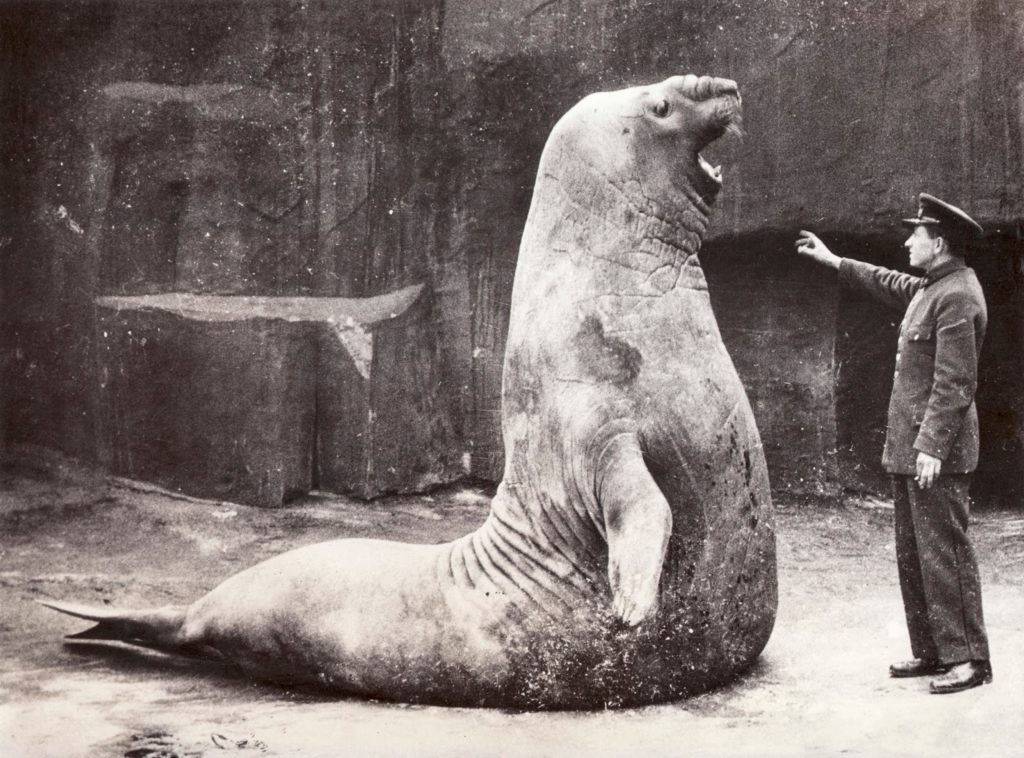
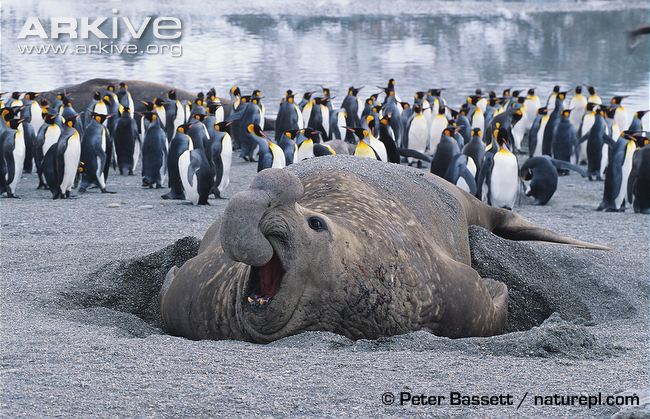
Blue Whale
30 m; 180 tonnes | largest mammal on earth; eat only krill (which are tiny); tongue is roughly the size of an Asian Elephant (2.7 tonnes); heart is roughly the size of a Mini Cooper (600 kg)
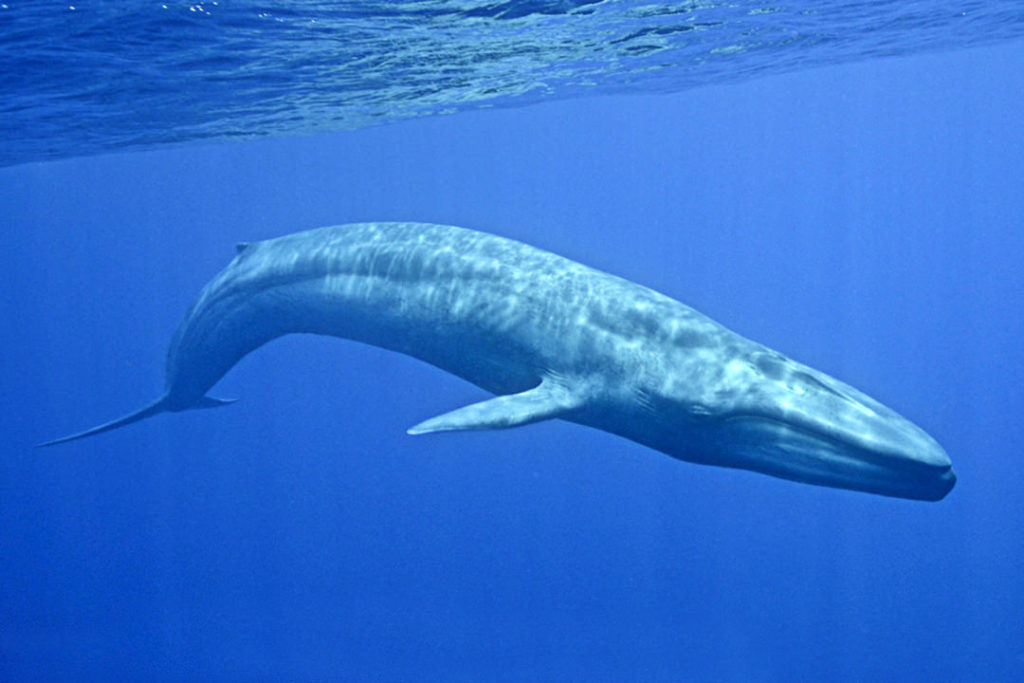
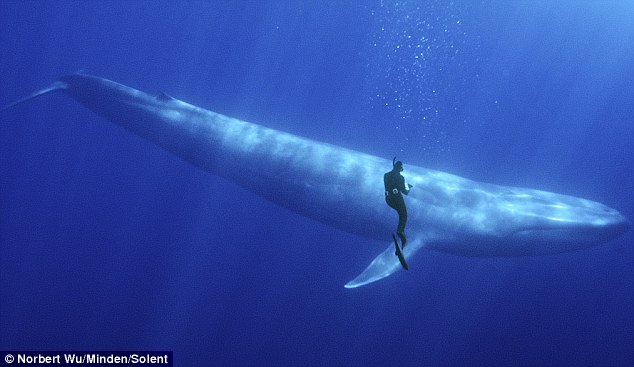
LAND
African Bush Elephant
7.5 m; height 3.3 m; 6 tonnes | heaviest land animal; no natural predators
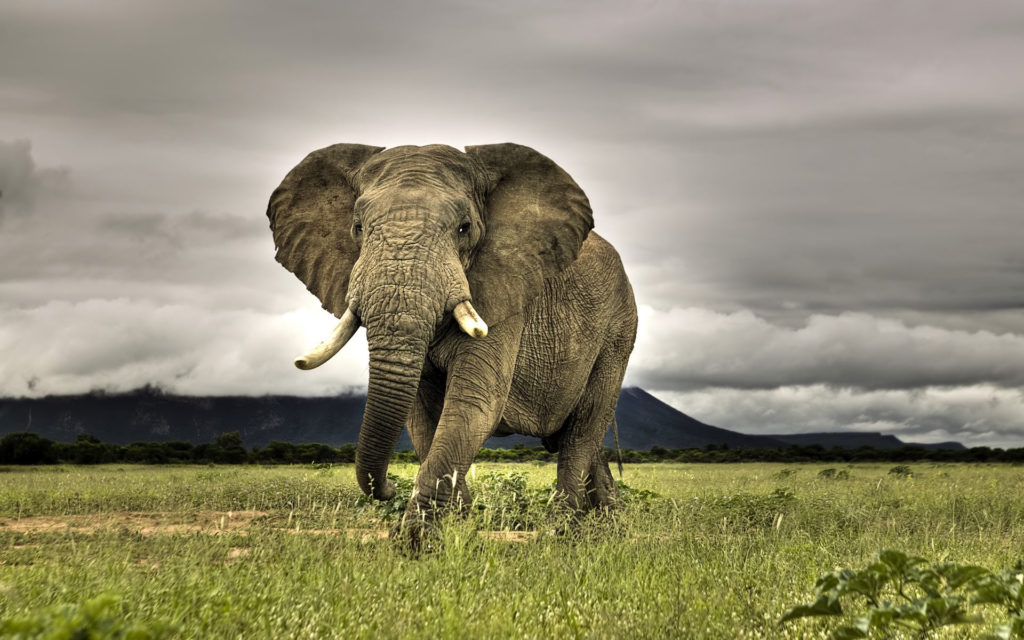
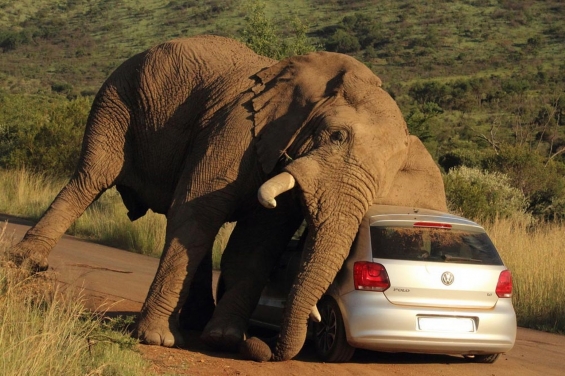
Giraffe
6 m tall; 1600 kg | tallest animal; neck has same number of vertebrae as human neck
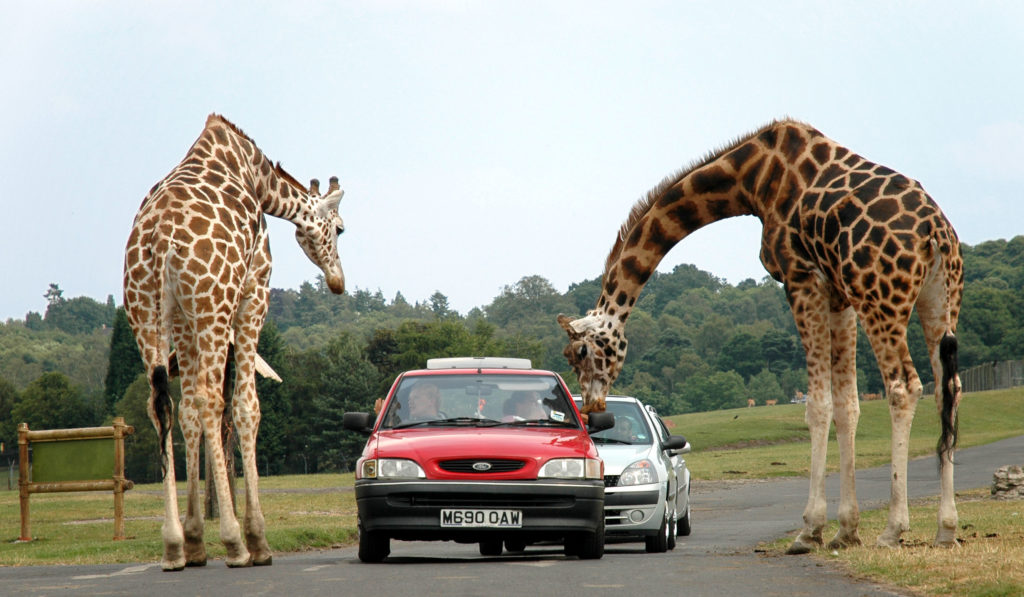
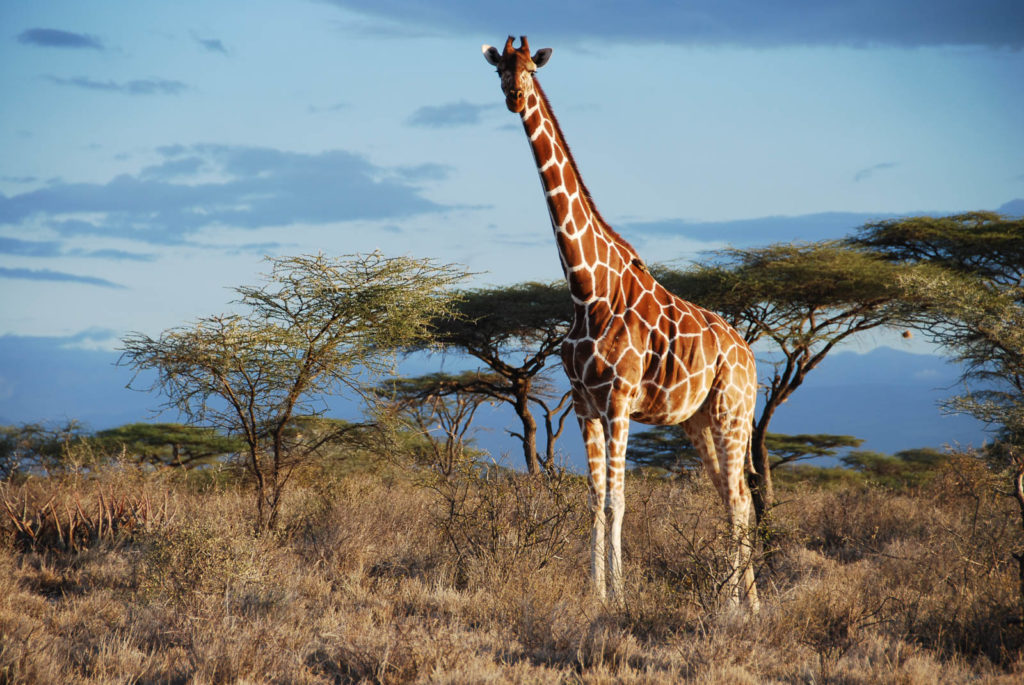
Polar & Kodiak Bears
1.6 m shoulder height; 3 m long; 1100 kg | largest land carnivores; Polar bears and Kodiak (sub-species of Brown) bears are pretty much the same size
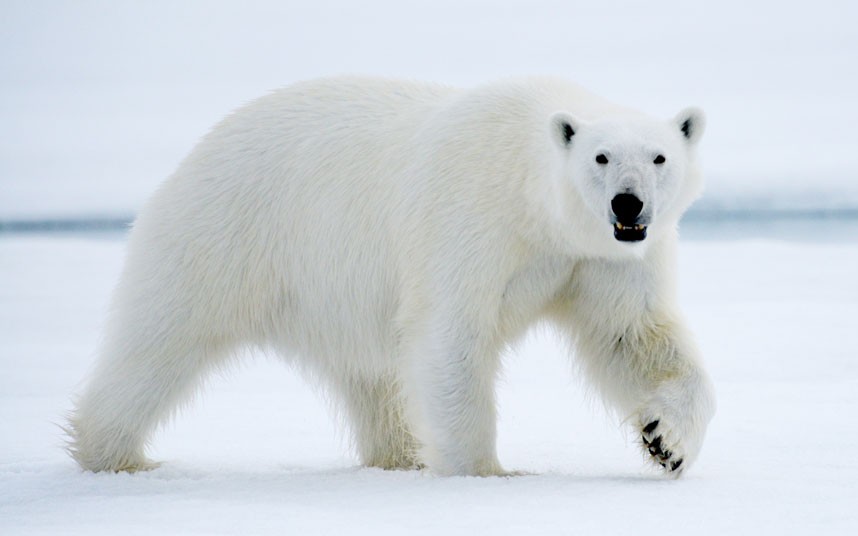
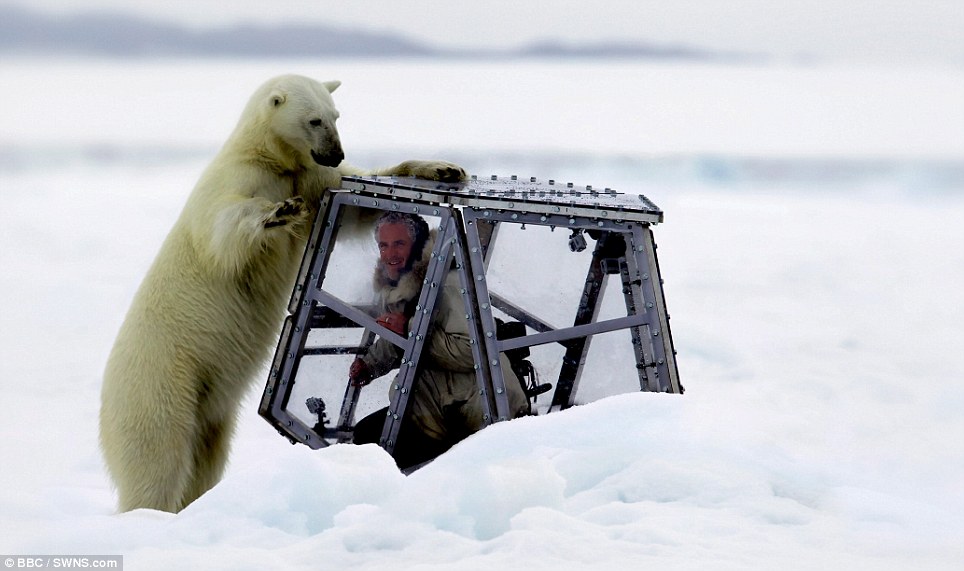
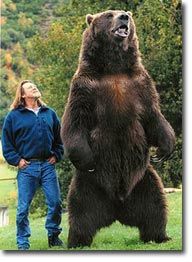
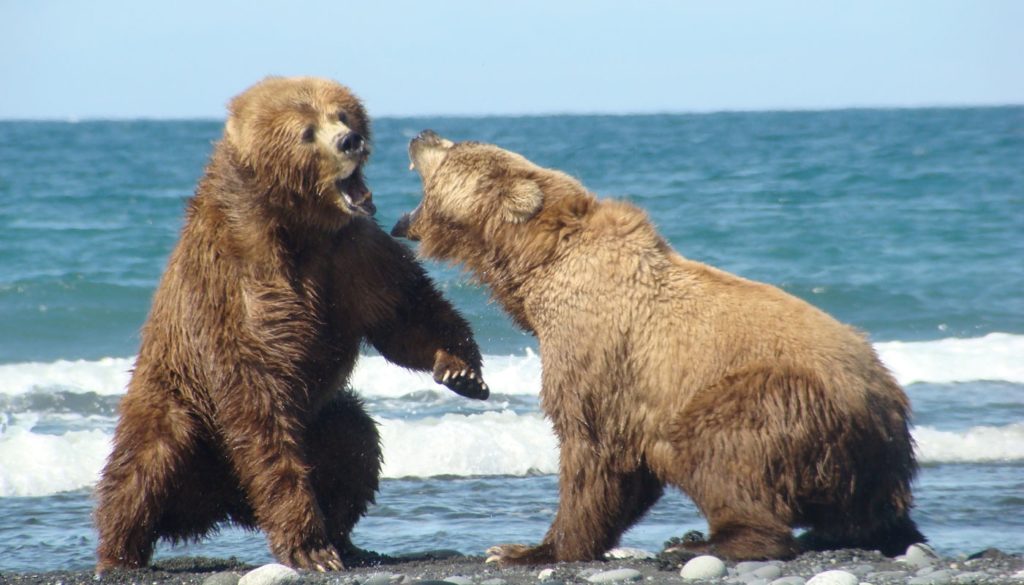
Saltwater Crocodile
6 m; 1000 kg | largest reptile; apex predator in their domain
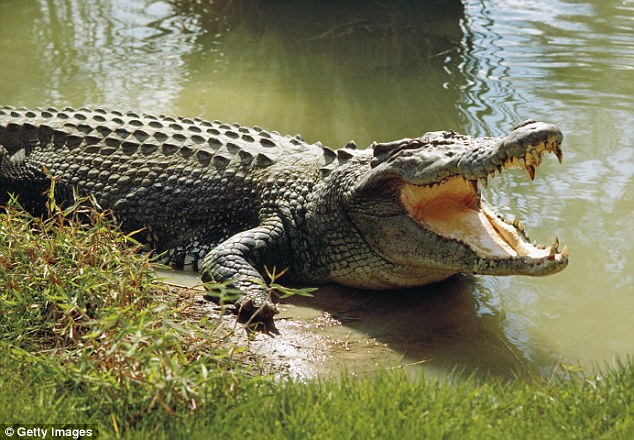
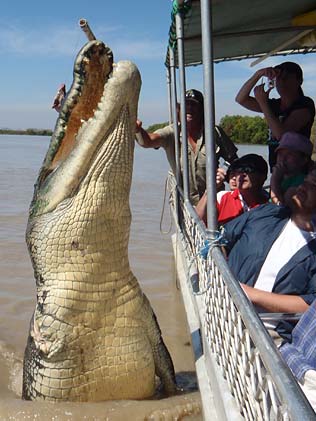
Flemish Giant Hare
80 cm; 10 kg | largest rabbits; roughly the size of a shetland sheepdog
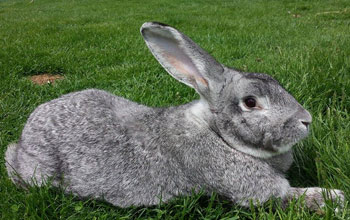

Giant Golden Crowned Flying Fox
55 cm; 1.5 kg; 1.8 m wingspan | largest bats; good thing they eat fruit
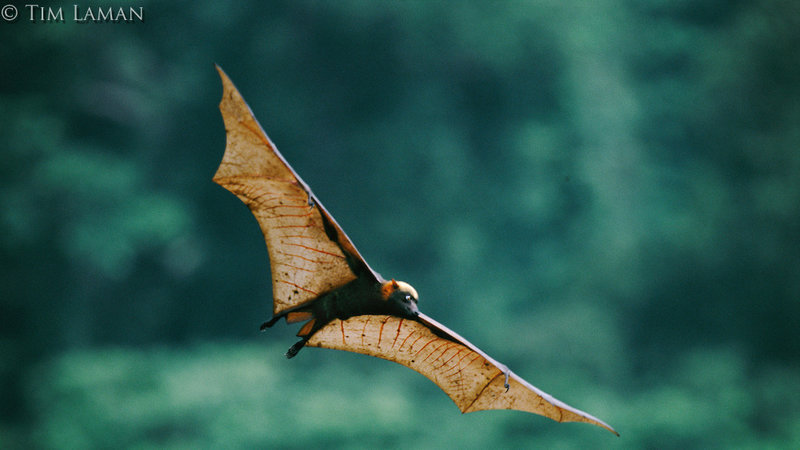
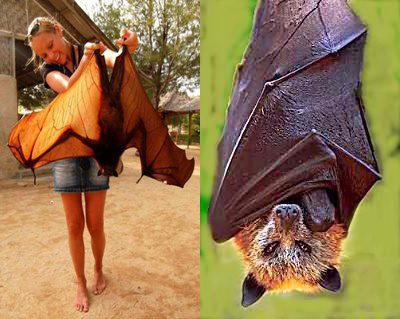
Capybara
0.9 m shoulder height; 1.5 m long; 105 kg | largest RODENT; shudder
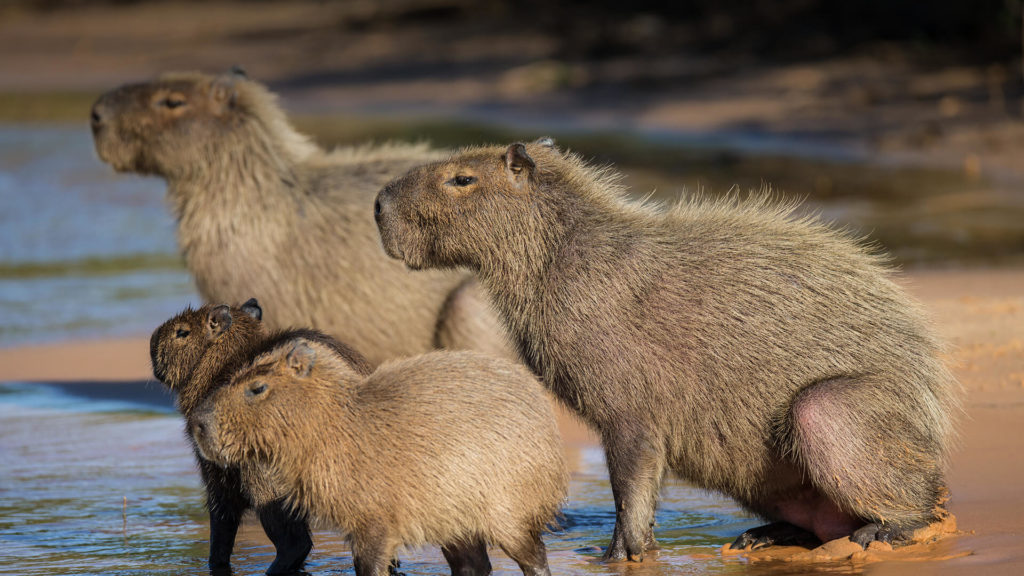
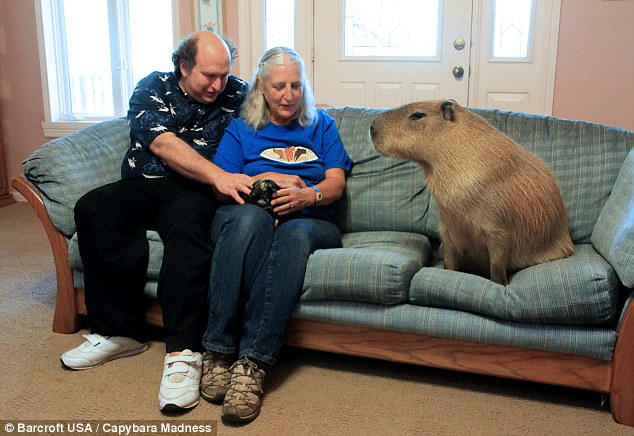
Green Anaconda
7.5 m; 250 kg | largest snake; Reticulated Pythons can be longer but are much thinner
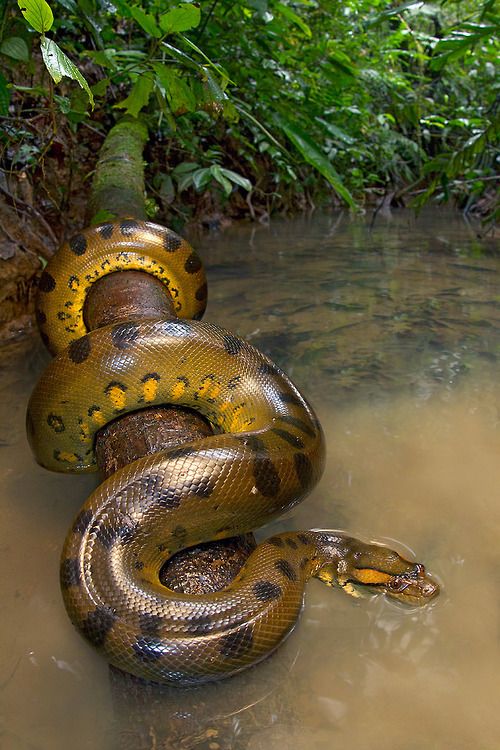
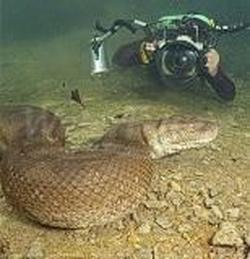
So, those are all really large creatures. I mean, an Albatross looks like a joke when it lands on the ocean and a Blue Whale surfaces nearby but, still, that’s an impressive bird. However, I’ve been missing out on an entire category of organisms that, in some ways, dwarf many of the ones above…
PLANTS
Rafflesia Arnoldii
flowers 1 m diameter | emit a rancid odour to attract bugs for pollination
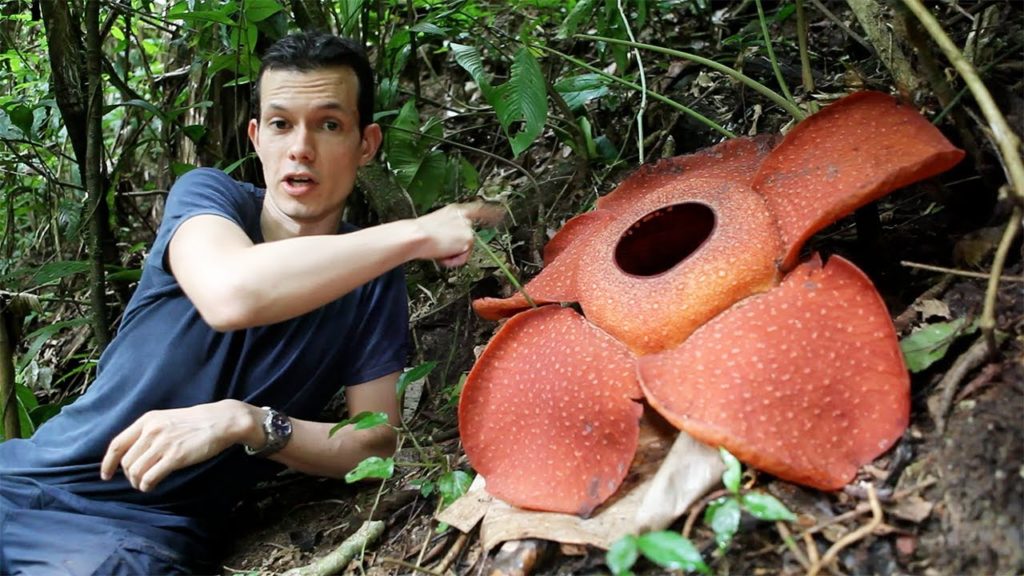
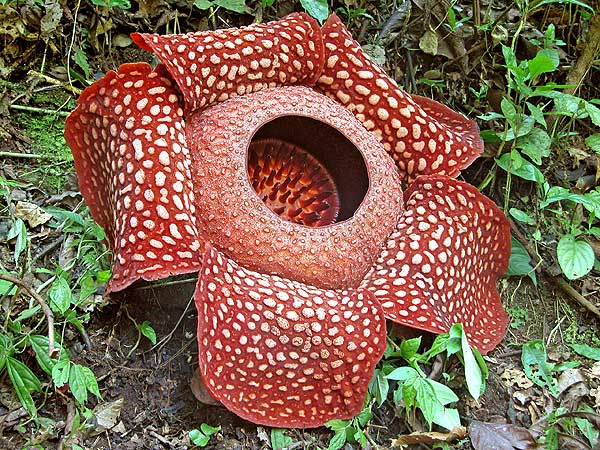
Kauri Tree
51 m tall; 14 m circumference | name means ‘Lord of the Forest’ and can be up to 2500 years old
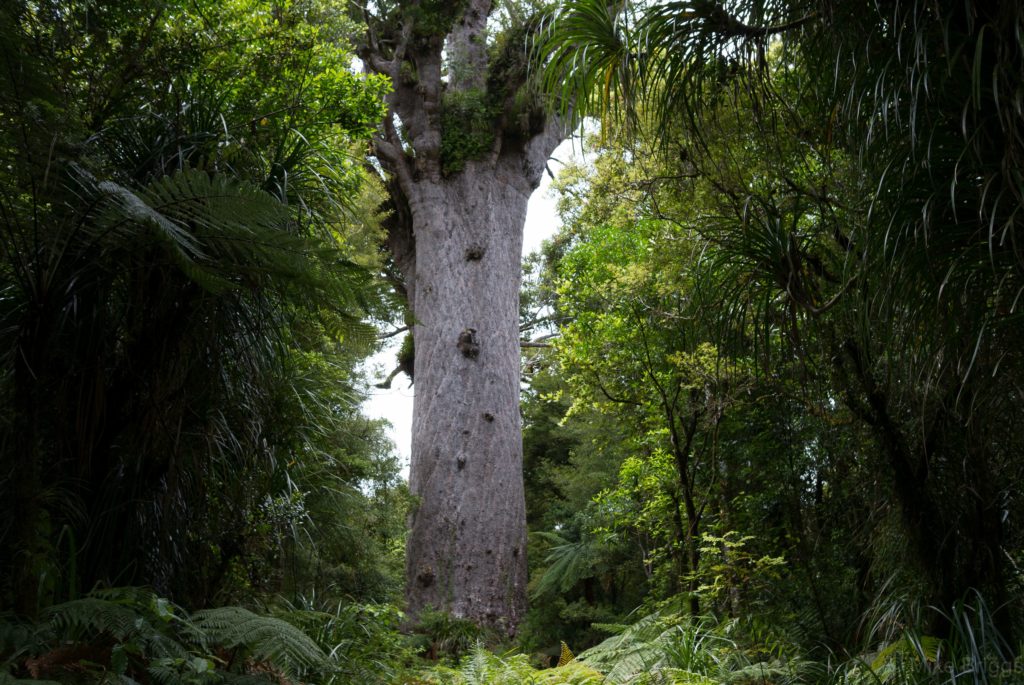
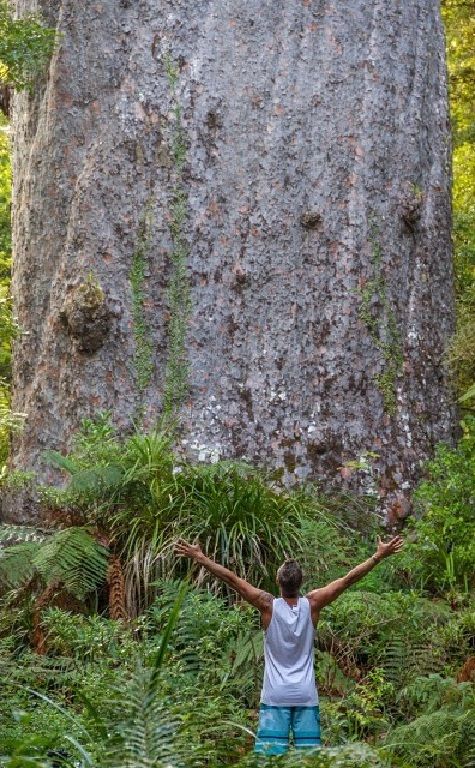
Splendid Pitcher Plant
50 cm bulbous pitchers | largest carnivorous plant; eats bugs, rats, frogs, lizards; this is why you can’t just call land animals carnivores

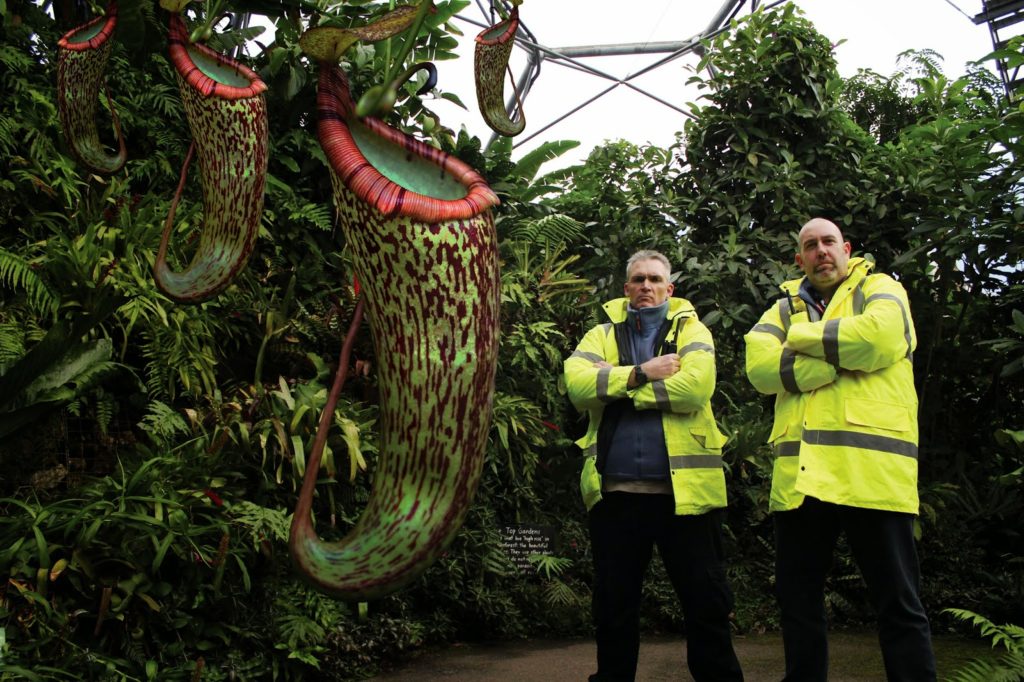
Flowering Talipot Palm
25 m tall; 8 m flower clusters | largest cluster flower
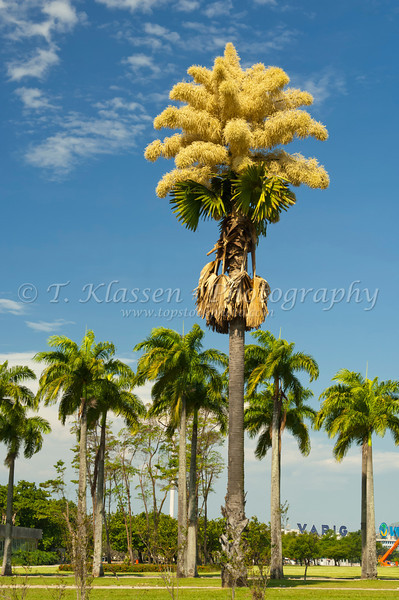
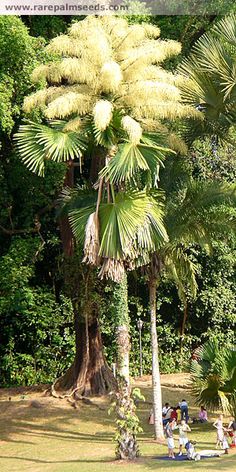
Corpse Flower
3 m tall; 50 kg | emits the smell of putrefying flesh to attract bugs for pollination; deep red and purple colouring mimics rotting flesh (super-yuck)
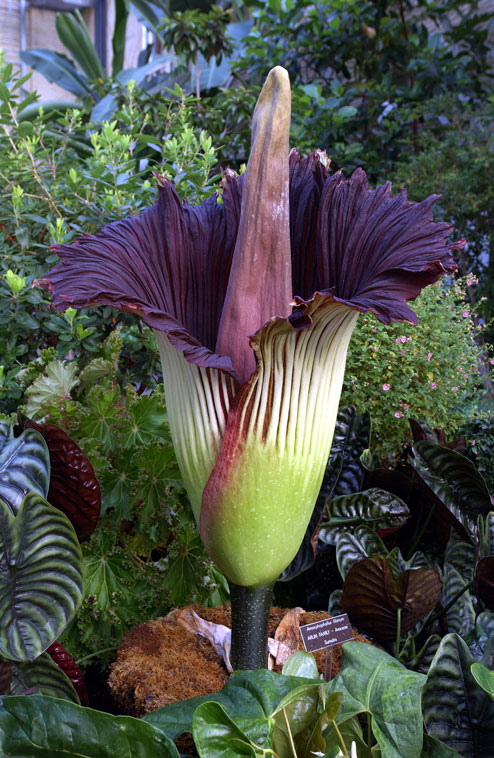
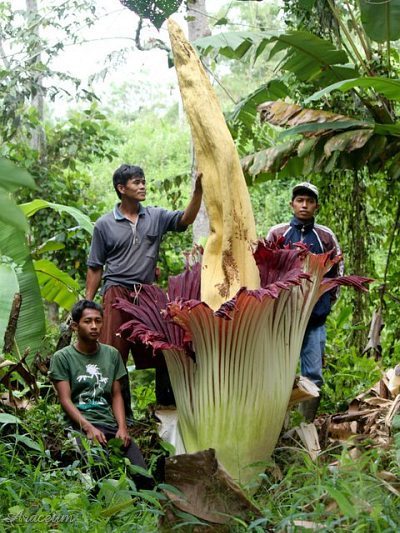
Coco de Mer
34 m tall; leaves are 4.5 m wide & 10 m long; seeds are 30 kg | seeds were thought to come from a mythical ocean tree; they are double-coconuts and have been prized as jewels
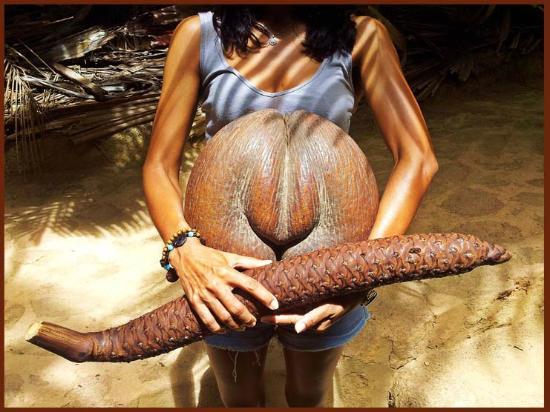
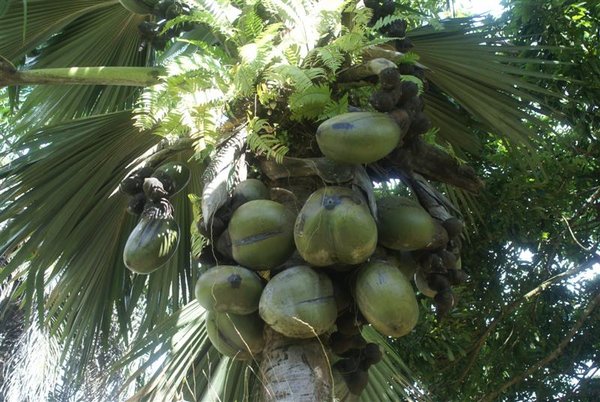
Giant Sequoia
85 m tall; 8 m diameter | the ‘General Sherman’ in Sequoia National Park (CA) is roughly 2000 years old
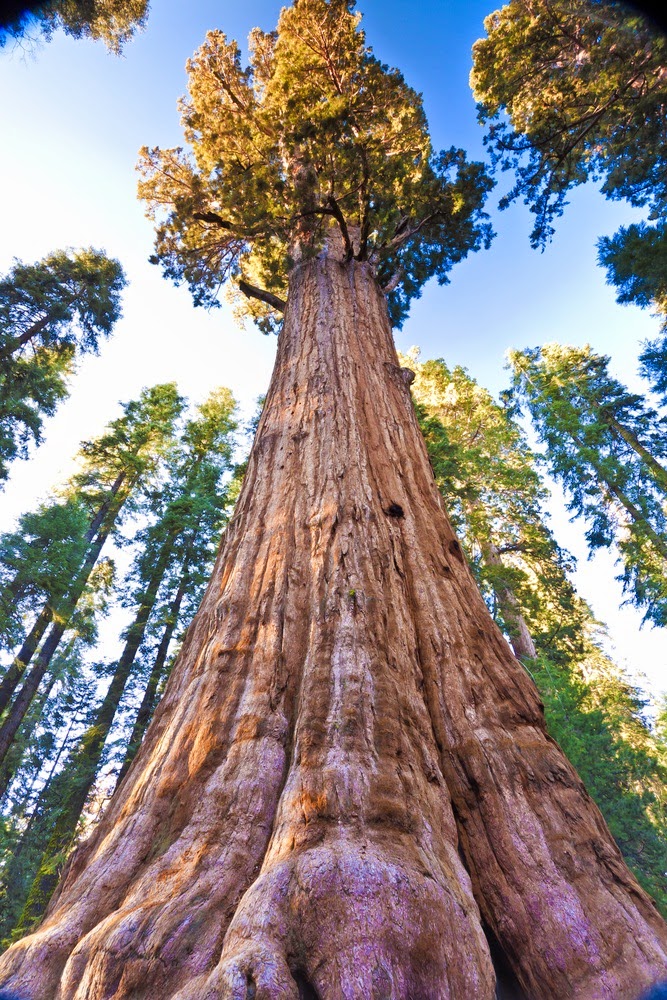
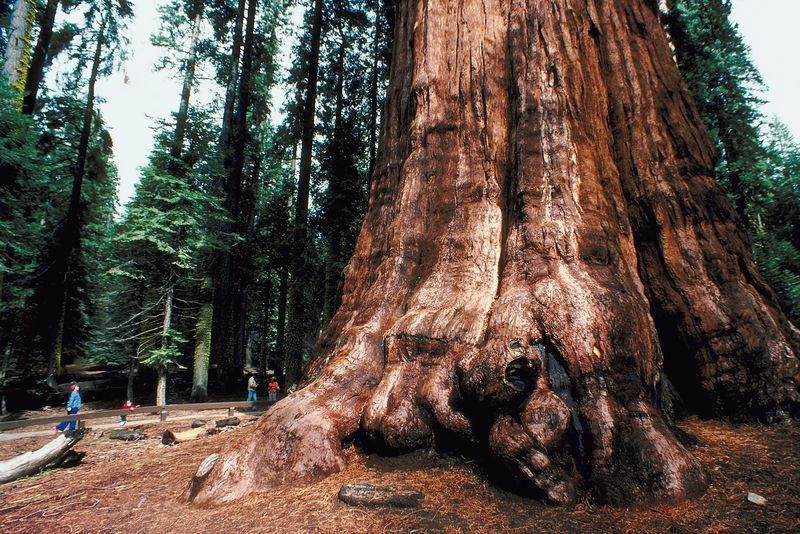
Cardon Cactus
9 m tall; 300 years old | fruit used as food; flesh used as psychoactive drugs
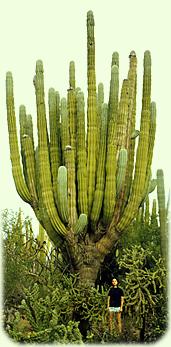
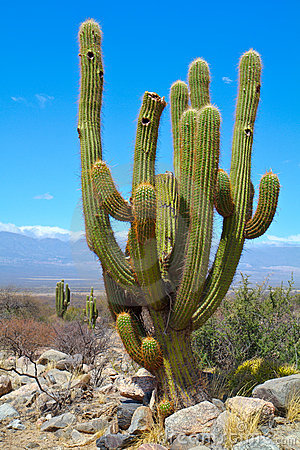
Baobab
11 m wide; 2000 years old | known as ‘Tree of Life’; homes to animals and, occasionally, people (who have made homes and even bars in them)
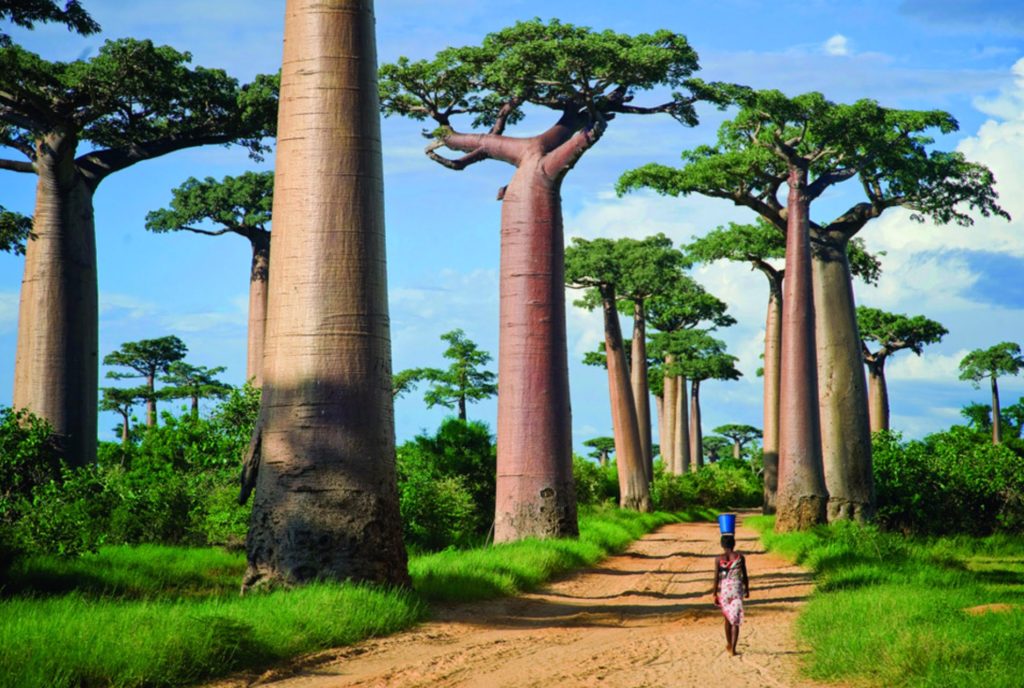
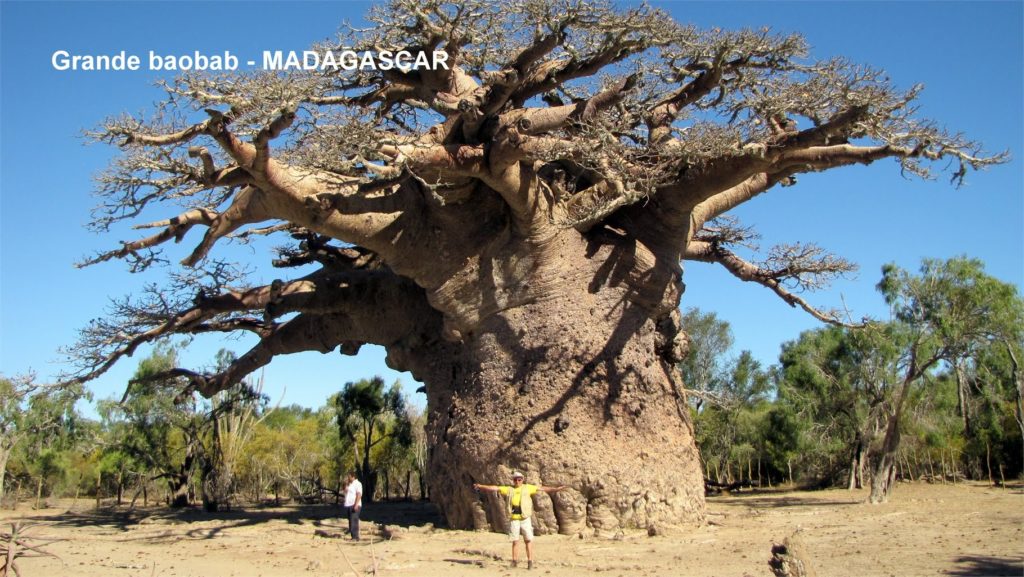
Montezuma Cypress
40 m tall; 3 m circumference | national tree of Mexico; largest specimen called ‘Arbol de Tule’ has a 36 m circumference and is on the short list for becoming a World Heritage site
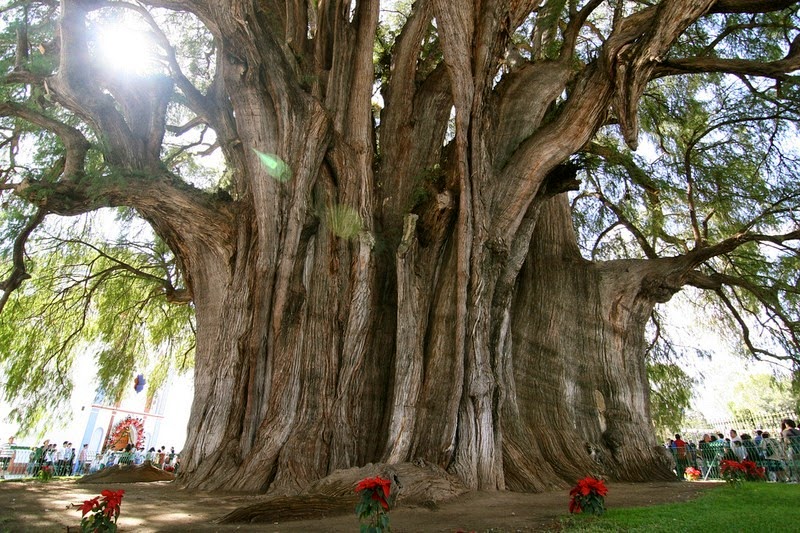
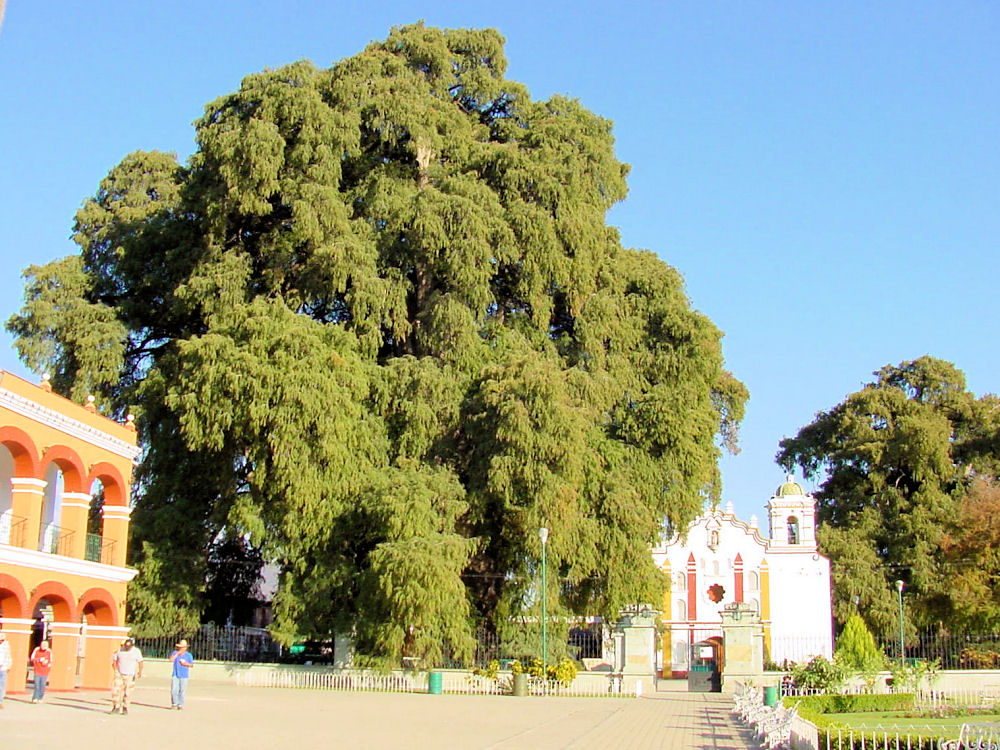
However, if we jump back to my problem at the beginning of how to define what is large then we have to agree that it was a pretty arbitrary choice to go with land, sea, and air animals. Even adding in plants, I made another arbitrary choice — almost all of these plants and animals are easily identified as singular organisms, unique from any other; you could even find the largest Blue Whale or the largest Sequoia (General Sherman) or the largest Giraffe. Is this satisfactory?
Consider this…
Pando Aspen Tree
6000 tonnes; 43 hectares (106 acres) | ‘Pando’ means ‘I spread’; also called ‘Trembling Giant’; 40,000 stems (trunks) all sharing one root system
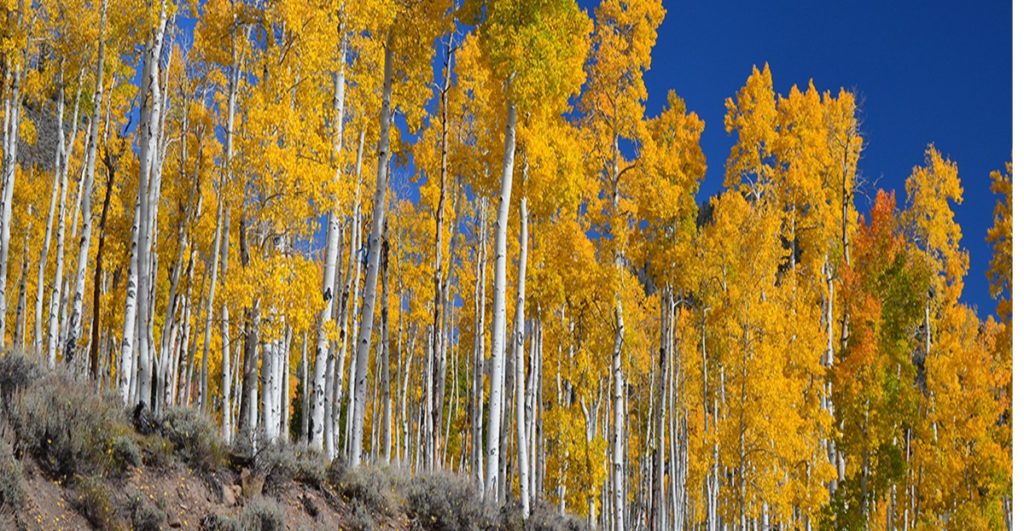
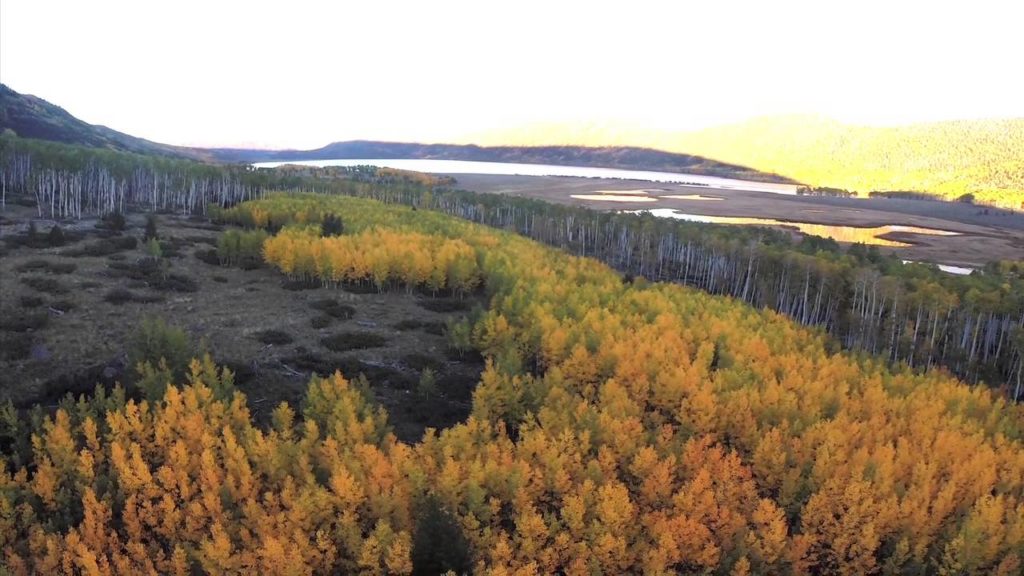
If every part of the tree is connected, is it still one organism? Even if it looks like 40,000 trees, living and dying at different times?
Consider this…
Neptune Grass
8 km long clonal colony | sea grass in the Mediterranean; each blade shares the same precise genetic make-up
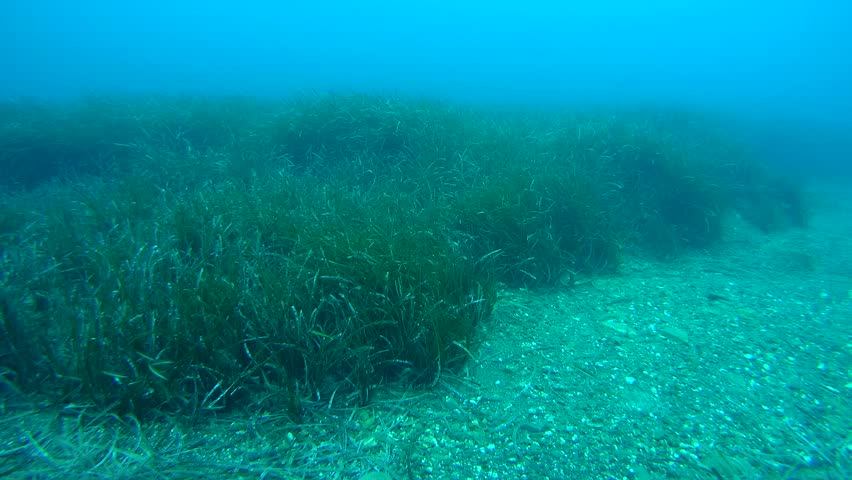
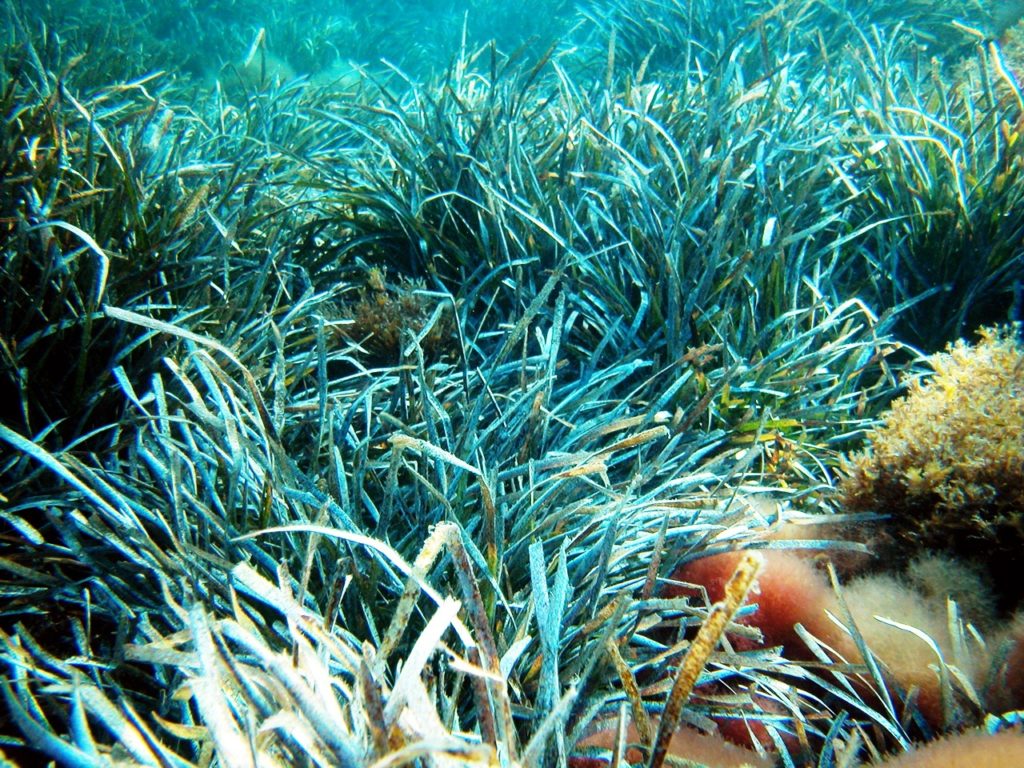
These are not all connected by a common root system but they all share the exact same ancestry and have no genetic differentiation whatsoever… can they be considered a single organism?
Finally, consider this…
In the late 1800s, the United Fruit Company, purchased some Gros Michel bananas and a whole bunch of land in Guatemala.
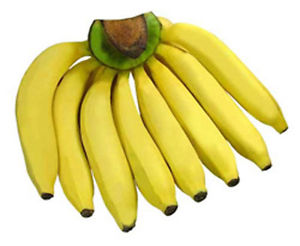
By 1890, they were producing bananas from all across Latin America and selling them the world over. Over the plant generations, In order to maintain this level of production and sales, they had isolated the most successful and delicious banana plants and were growing, in every single field, the exact same bananas, right down to their genetics. These plants were all so similar, so precisely the same, that they were all completely wiped out by one strain of the pathogen Panama disease. In Honduras, for example, 30,000 acres of banana trees were wiped out in the first year of Panama disease infection — the plants simply couldn’t stand up to that type of pathogen.
The company scrambled and found a banana similar to the Gros Michel which had the added benefit of being resistant to Panama disease: the Cavendish banana.
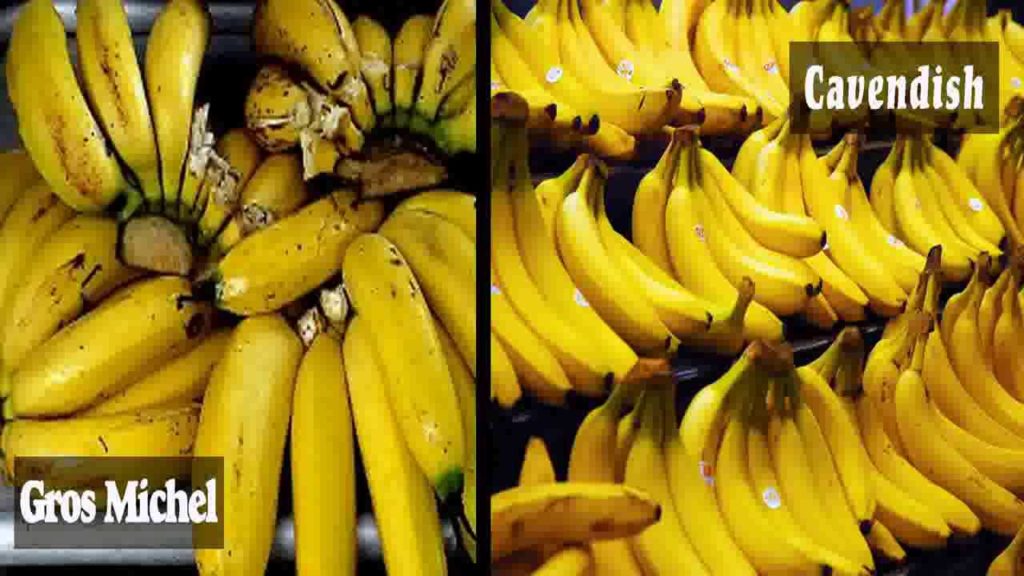
In a matter of years, the company was again supplying bananas to the entire world, all from their farms in Latin America. In order to separate themselves from their failure to protect the Gros Michel investment, they had changed their company name to Chiquita — you might have heard of them.
They have not changed their ways, in terms of production strategy. Every Cavendish banana exported and sold by Chiquita is of exactly the same genetic make-up as the one beside it and as every other one around the world.
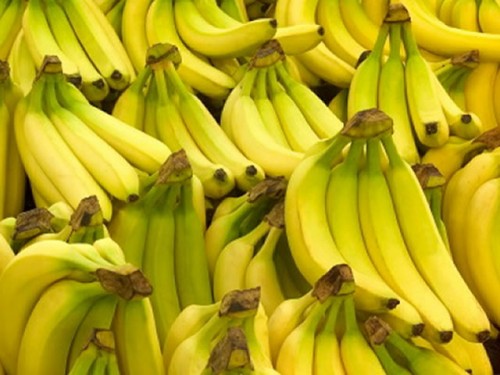
I would submit that it is irresponsible and ridiculous to produce anything this way but I do recognize how supply and demand work, so I will also admit that I enjoy my bananas…
But in light of today’s topic, can we consider mimicked genetics as a powerful enough link to call these bananas a singular organism? If so, Chiquita’s Cavendish Bananas top the list for largest organism with an unfathomable ‘size’ and ‘weight’…
Where would you draw that line?
So far on the largest organisms
BONUS: Largest Trivia Wednesady post = this one?

